I took an early morning train to Venice and stopped at the Ghetto to grab a quick breakfast at the Jewish bakery Giovanni Volpe before heading to Fondamenta Nove to catch the Vaporetto 13. At the bar in front of the vaporetto stop, it was just me sipping a coffee and an elderly woman enjoying a morning Campari Spritz, Venetian mornings are a world of their own.
Once on board, we sailed past Murano, and the bustling energy of Venice quickly gave way to peacefulness. The Vaporetto was nearly empty, and the surrounding landscape opened up to reveal the barene, small marshy islands dotted with purple Erica (Limonium serotinum), which had just begun its annual bloom. The light was soft and golden, with only a few rowers taking advantage of the cool morning hours.
We arrived at Capannone, and as I stepped off the Vaporetto, I was greeted by a small parking area with bicycles, Ape 50s, and old Fiat 600s—the main modes of transportation for the island’s 500 residents. These vehicles only leave the island a few times a year for servicing. Sant’Erasmo, the second-largest island in the Venetian Lagoon, still feels like a world away from Venice, yet it's astonishing to look out and see St. Mark’s Campanile on the horizon.
I started walking, amazed by how this island, a peaceful, agricultural haven, is so close to the chaos of Venice. Sant’Erasmo is Venice's garden, known for its produce. Its agricultural production was greatly affected by the catastrophic flood of 1966, the acqua granda, which destroyed hundreds of crops. After a period of recovery, the island’s farmers resumed their cultivation, even supplying Venice’s Rialto Market. You might notice market stalls across Venice proudly advertising produce from Sant’Erasmo. The island's saline soil stresses the plants but enhances their flavour, leading to some of the most flavourful fruits and vegetables. Among the island's crops are cardoons, rosolina (poppy leaves), horseradish, and the famous violet artichoke. The castraure—the first artichoke cut from the plant—is particularly prized and even listed as a Slow Food Presidio. The island also produces limited quantities of barena honey.
In 2021, thirteen Venetian restaurateurs launched the Osti in Orto project, leasing a plot of land on the island to grow their own vegetables for their restaurants, revitalising land that had been abandoned for years. If you’re staying in Venice for a while, you can even order vegetables directly from I Sapori di Sant’Erasmo and pick them up from their boat in Venice, a bit like Riverford in the UK, but with a distinctly Venetian twist.
My base for exploring the northern part of the lagoon was Lido Azzurro, a one-star hotel and cultural center, family-run since 1997. The rooms - basic and spartan -are named after different islands. After dropping off my backpack, I headed straight to the nearby beach of Bacàn. When the tide is high, Venetians come here with their boats to swim in the shallow waters. It’s a spiaggia libera (free beach), so dogs are welcome too. There’s also a popular restaurant and a kiosk nearby. I spent the afternoon relaxing and reading, soaking up the peace and quiet.
Dinner was pizza from an Ape truck converted into a wood-fired oven, a rare find in the lagoon as wood ovens are banned in Venice. The pizza was light and delicious, made by a team of Sicilians associated with Lido Azzurro.
The following mornings, I woke up early to watch the sunrise over the lagoon. The low tide revealed Posidonia (seagrass) on the exposed shores, and herons walked gracefully through the shallow waters, bathed in soft pink and golden light. As the sun rose, a couple of locals arrived by boat, using nets to catch blue crabs. The blue crab, originally from the western Atlantic, is one of the most invasive alien species in the Mediterranean. Its population has been steadily increasing in recent years, raising environmental concerns. As more boats arrived, dog owners and their pets gathered on the small island across from Bacàn. While our dogs played together, we enjoyed a refreshing morning dip.
Later in the afternoon, I visited a French expat who is now part of the Sant’Erasmo community: Michel Thoulouze, a businessman and media pioneer who founded dozens of television channels and was a trailblazer of Pay TV. In the 1990s, fell in love with the island during a trip through the Venetian Lagoon. He bought a large home and 11 hectares of land. Along with his family, he decided to revive the island’s winemaking tradition. With the help of local farmers and prominent wine experts, he revived the ancient vines of the Serenissima, primarily growing Malvasia Istriana, a variety popular in Venice since the 1300s, along with Fiano and Vermentino. The Orto wine, which Michel produces is rich in minerality from Dolomitic rocks, naturally acidic, and has a long finish that allows it to age well in the bottle. The Magnum bottles are stored in the lagoon itself, on the seabed, where the lack of oxygen, light, and consistent temperature create a natural cellar—although this is becoming more difficult as the waters grow warmer.
Michel shared with me the challenges of being accepted into the close-knit island community but also highlighted the fragility of the lagoon’s ecosystem. Climate change has led to higher salt concentrations in the soil, reducing crop yields.
The Venetian Lagoon is one of the largest and most important wetland ecosystems in Europe and the entire Mediterranean basin. The barene are crucial for carbon sequestration, with rates up to 50 times higher than forests. Their role in mitigating climate change is critical, but they are increasingly threatened by sediment loss, largely due to human intervention. Over time, major engineering projects like the diversion of rivers—the Brenta, Piave, and Sile—disrupted this balance. These rivers once carried sediment into the lagoon, allowing the barene to rise at a pace faster than the water level, forming natural marshlands. Today, only 43 km² of barene remain, down from 180 km² two centuries ago.
The lagoon’s coevolution with humans has been both a marvel and a challenge. In the 18th century, the construction of the Murazzi began the process of reinforcing the lagoon’s edges. After the fall of the Serenissima, the French and Austrians intervened further, constructing jetties at Malamocco, Chioggia, and the Lido to control water flow. The 1960s brought additional disruption with the creation of the Malamocco-Marghera oil canal, known as the Canale dei Petroli, which deepened the lagoon’s shallow waters and accelerated erosion.
Another dramatic change has been the impact of large ships, which generate waves that erode the lagoon’s fragile ecosystem. Fortunately, the passage of cruise ships through the Giudecca Canal was banned in 2021, but the damage caused by decades of neglect is still being repaired.
In recent years, the MOSE project—a system of mobile barriers designed to protect Venice from flooding—has been activated. However, the enemy today is no longer just the freshwater and sediment that once sustained the lagoon but the sea itself, as rising tides and increasing salinity threaten to reshape Venice’s future.
My days spent on Sant’Erasmo made me even more aware of the fragile ecosystem of the Venetian Lagoon and the critical importance of protecting it. The delicate balance between the natural environment and human activity is increasingly threatened by climate change, rising sea levels, and the impact of invasive species. As I wandered through the quiet fields and saw firsthand the resilience of the island’s farmers, I realised how vital it is to safeguard this unique landscape, not only for its ecological significance but for the cultural heritage it sustains.
In the southern lagoon, many of the barene have been swept away, but in the north, a delicate balance between man and nature still exists among the intricate web of canals and marshes.
I’ll share more of my island-hopping adventures in the next articles. I’ve fallen in love with the pace and atmosphere of Sant’Erasmo and plan to return for its traditional festivals, such as the Festa del Mosto in October and the Violet Artichoke Festival in May. There’s something truly magical about this garden island of Venice, and I can’t wait to uncover more of its hidden treasures.




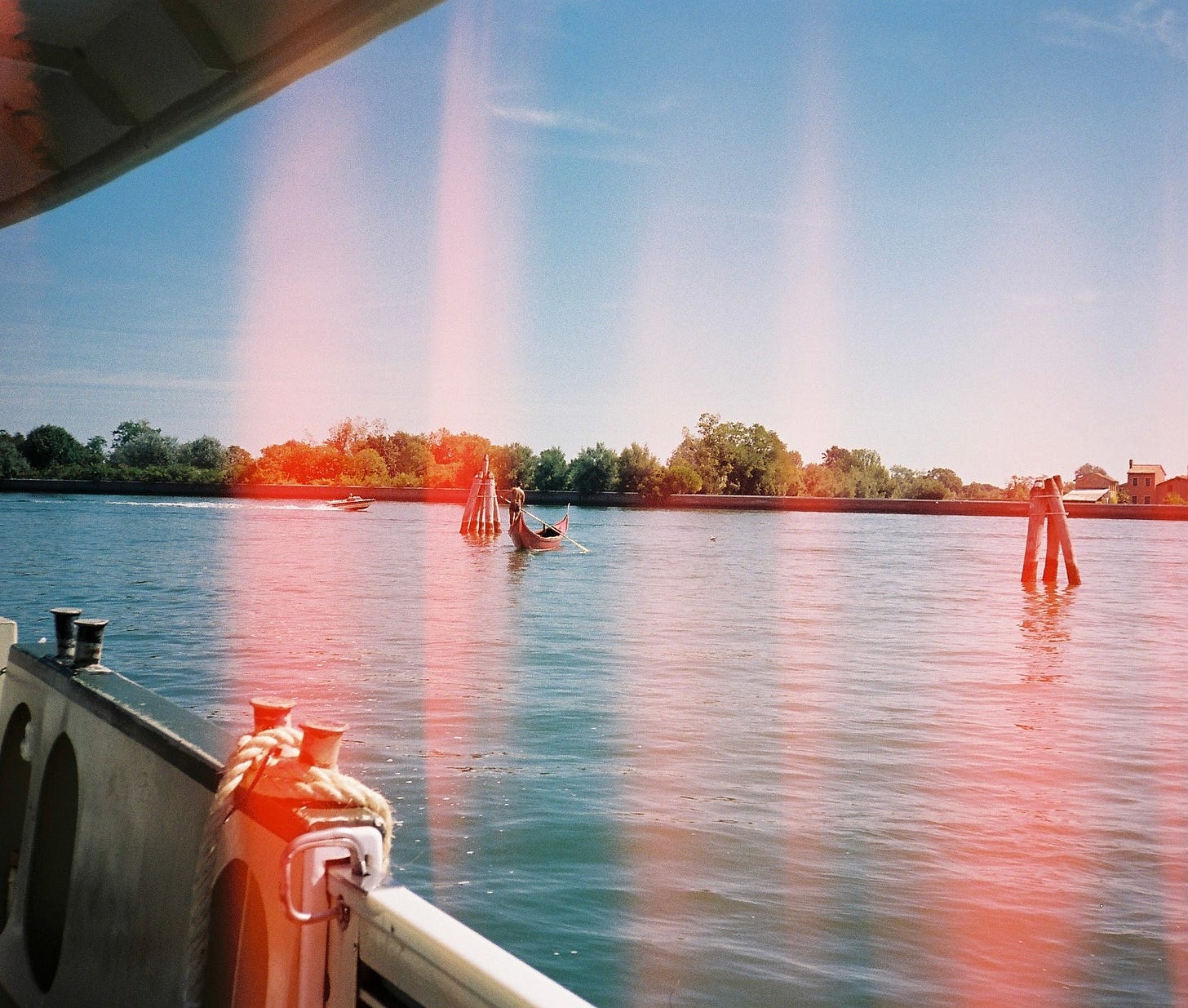
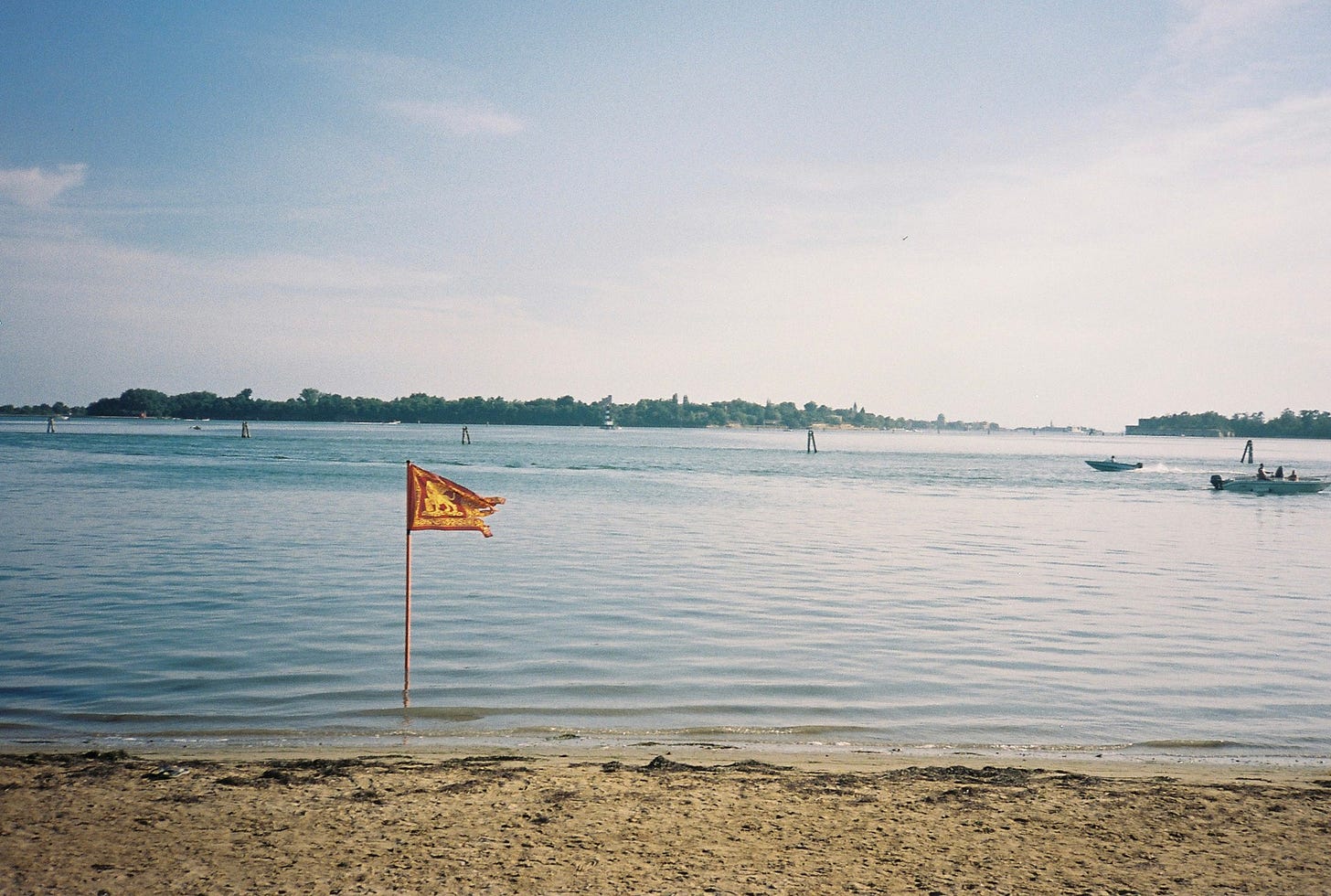
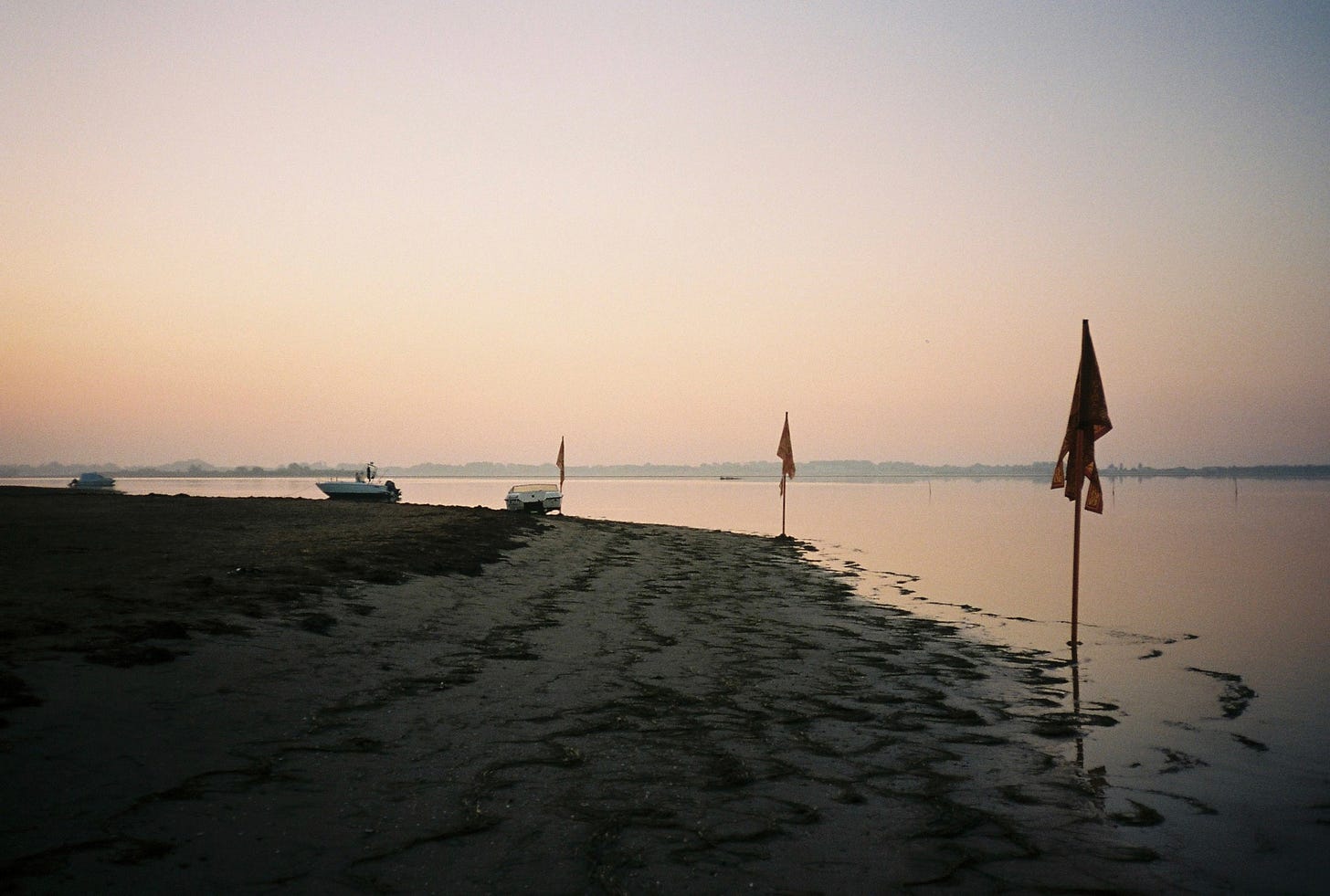
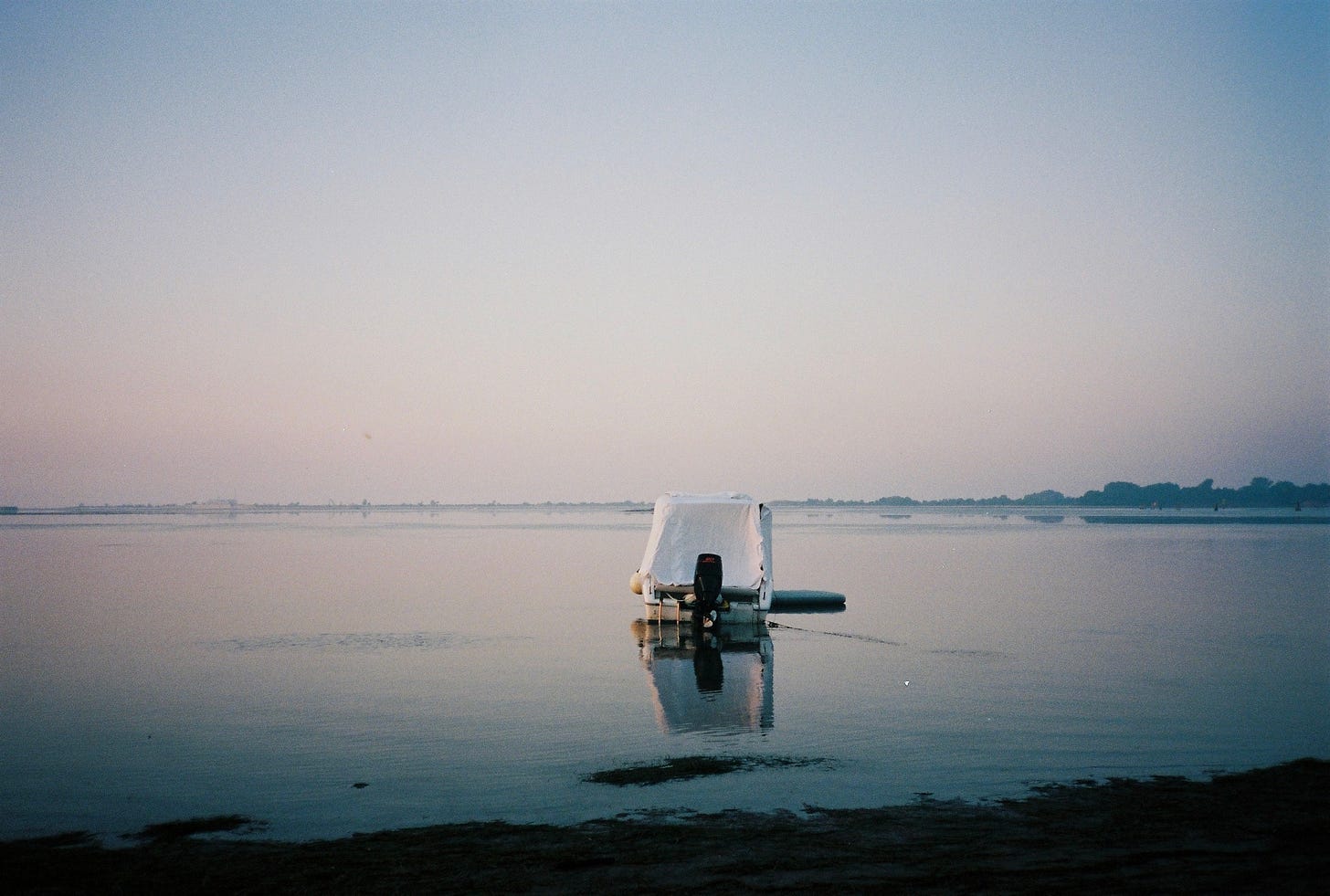
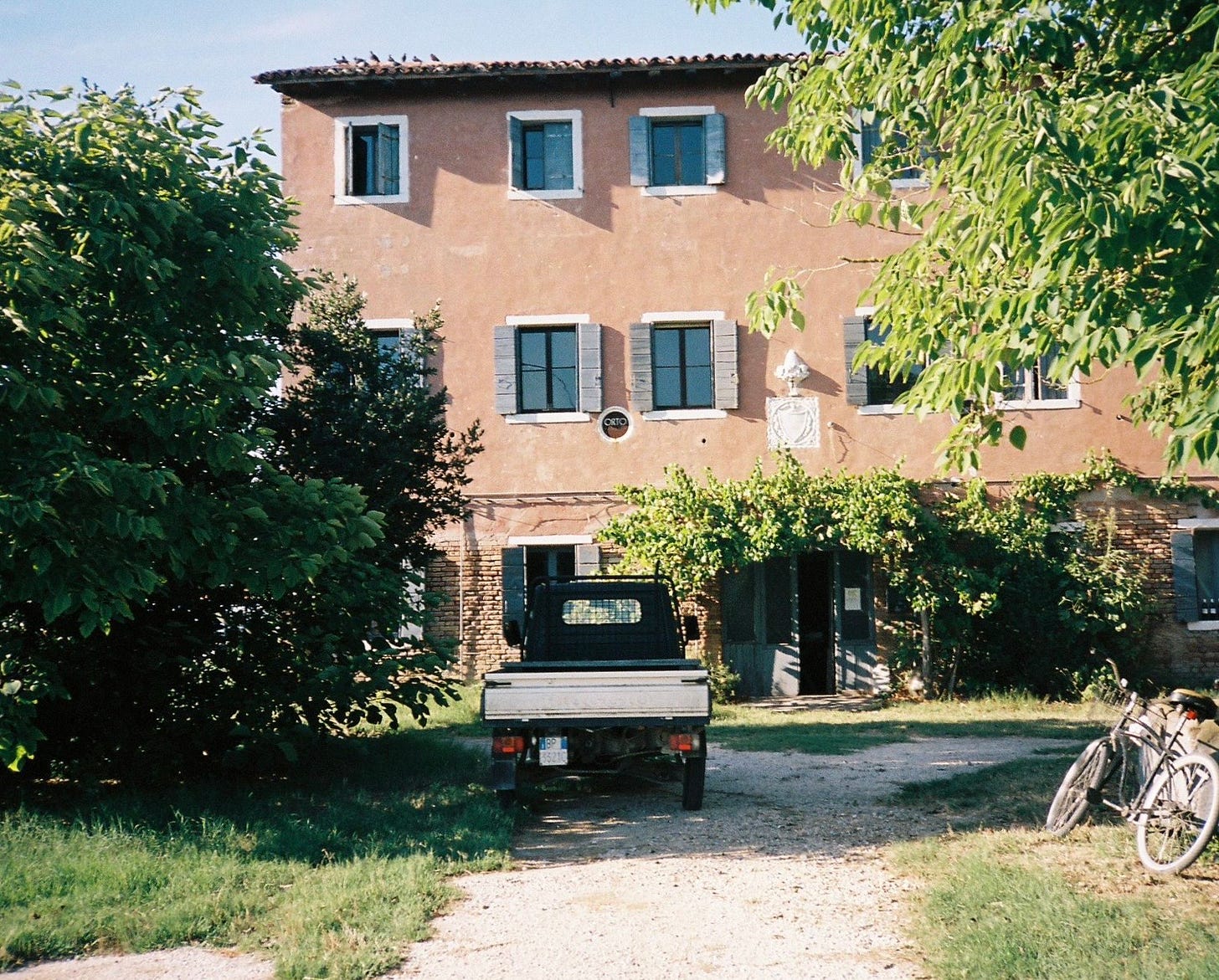
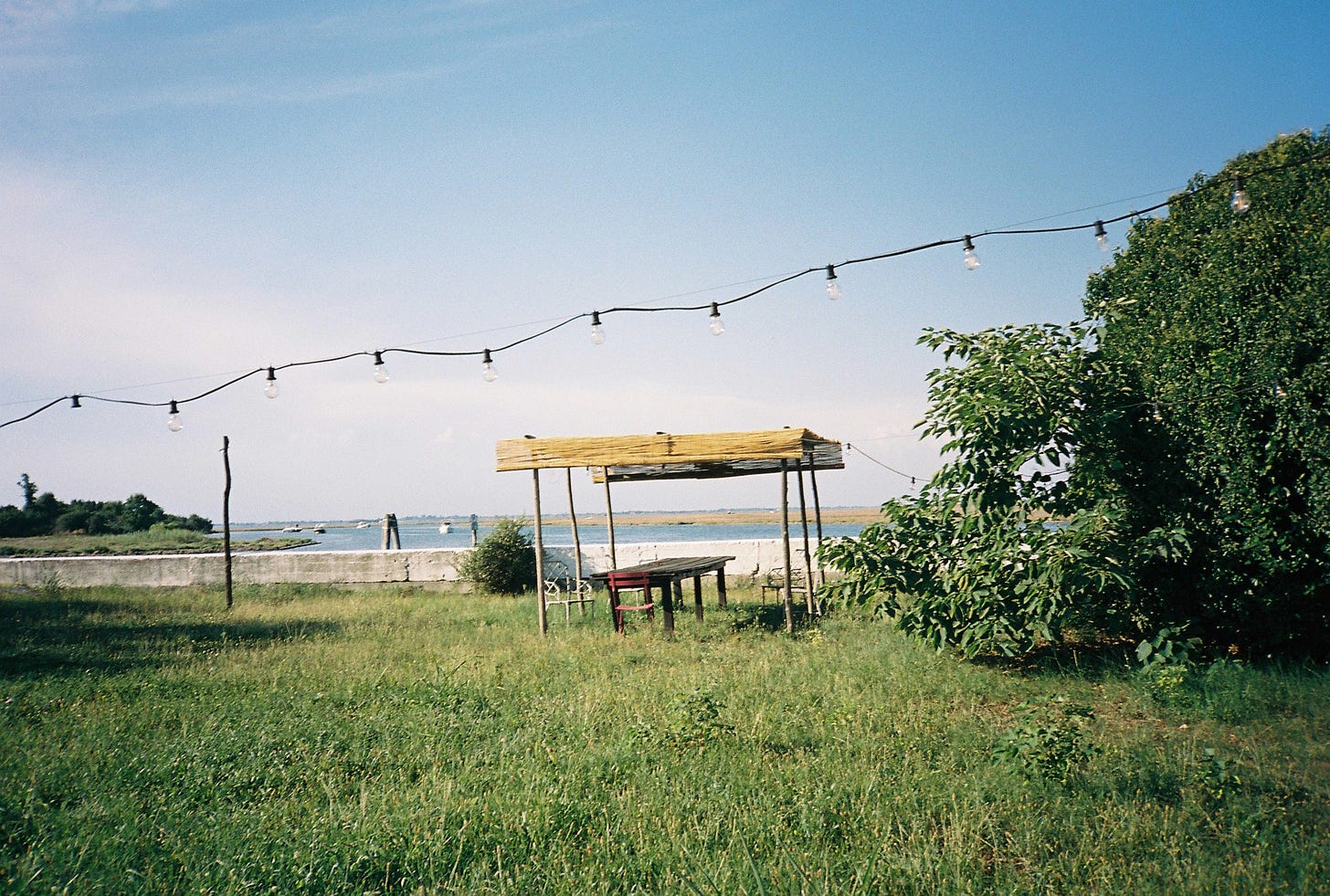
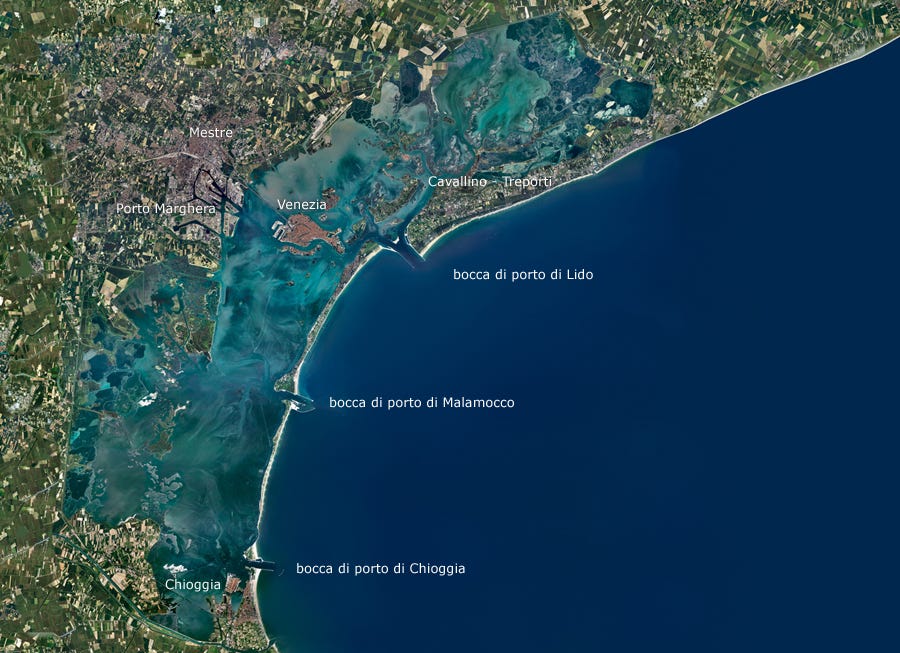
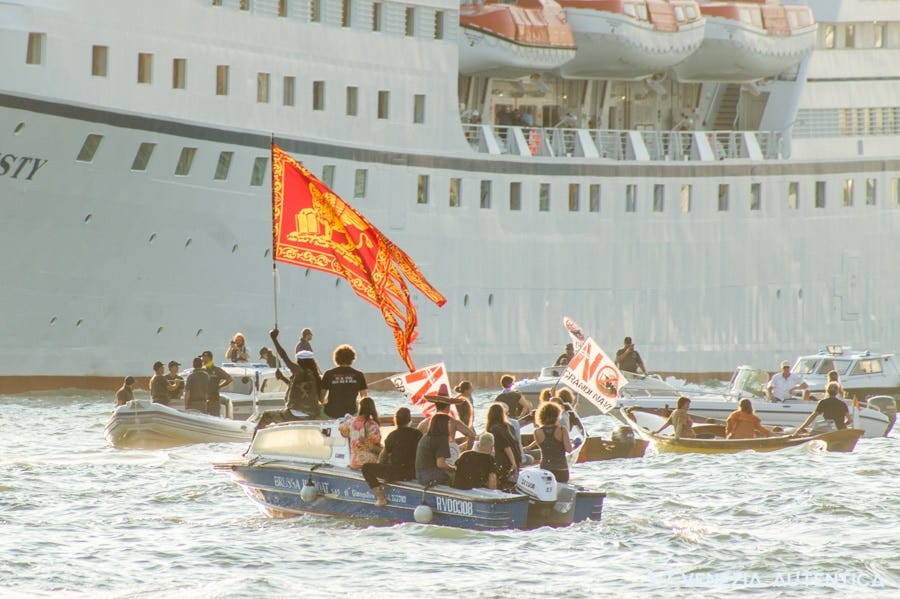
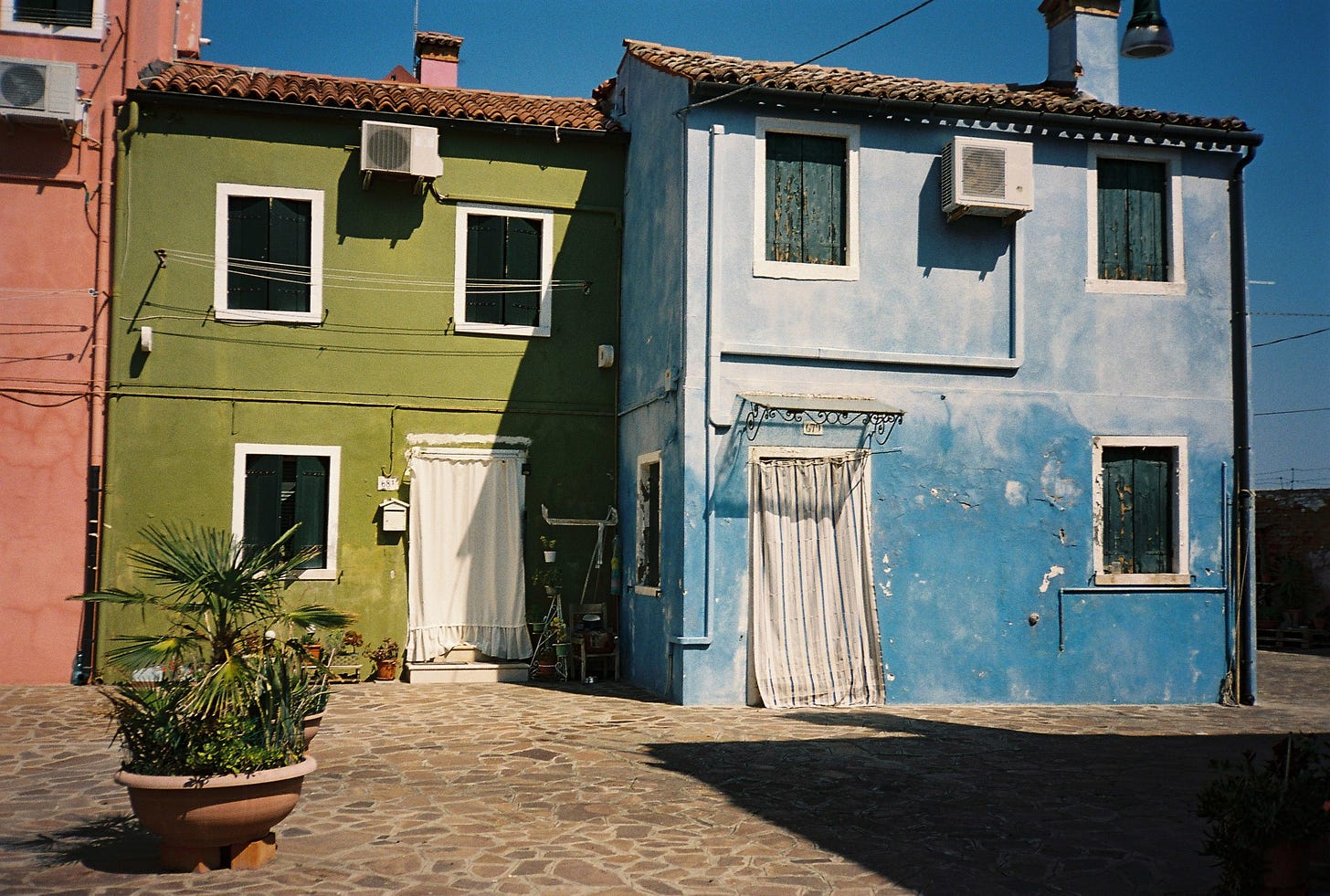
Do you feel the MOSE system has been effective so far?
It seems like an amazing feat of engineering, but I've gotten mixed messages about whether it was worth the cost -- and inevitable corruption .